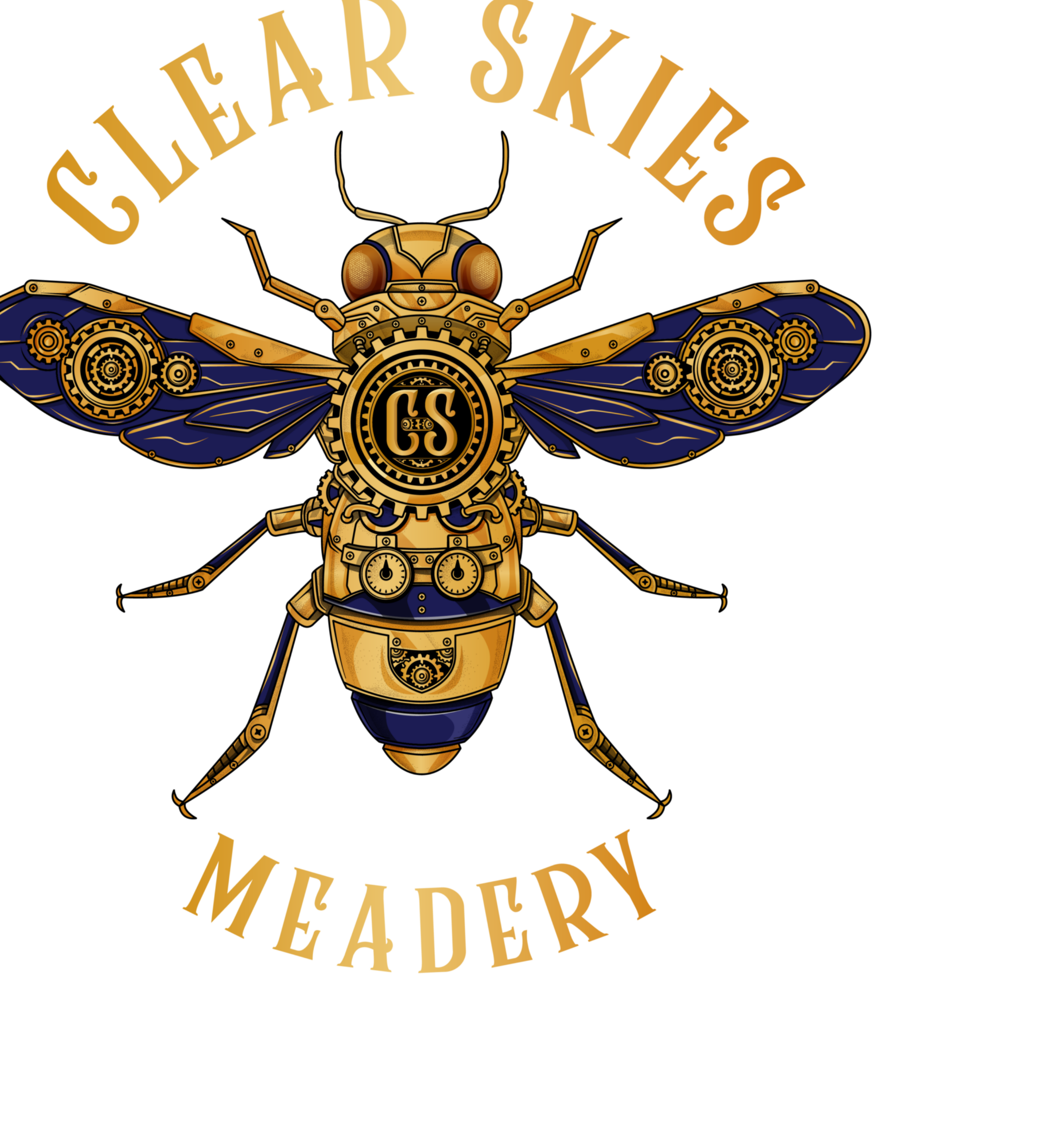FAQs
What is Mead?
- Mead is a honey-based wine that can range from sweet to dry and can be served still or bubbly. It is gluten free* and Paleo friendly
- Mead is the oldest fermented beverage known to humans
- Mead is referenced in ancient Norse texts, Scottish lore, Celtic tales, and in the Hindu Rigveda. Residues of fermented honey have been found in 7,000-year-old Chinese burial tombs.
*The only mead style that contains a grain would be a Braggot, or a beer-based mead.
How Mead Is Made?
- In its simplest and most traditional form, mead is honey, water, and yeast. Other styles of mead include additions like fruit, spices, herbs, and hops.
What Does Mead Taste Like?
- Mead is most comparable to wine and can range from sweet to dry; blond in color to deep amber. Mead can be made with only honey or flavored with fruits (Melomel) or spices (Metheglin).
- Mead always has a background flavor of the honey varietal it’s made from and that makes it an amazing medium for blending in additional flavors with fruits, flowers or spices.
Honey and Bee FAQS:
The amount of honey we use to make one 30-gallon batch of mead was the life-time honey production by about 92,000 female worker bees. It is only the female worker bee who makes honey, produces beeswax, defends and maintains the hive, and cares for the queen. The males really don’t do anything in the hive and get kicked out at the start of winter to make sure the honey supply lasts until spring.
Source: American Bee Journal
- Honeybees, scientifically also known as Apis mellifera, are vital pollinators.
- A honeybee visits 50 to 100 flowers during a collection trip.
- A honeybee can fly for up to six miles, and as fast as 15 miles per hour, she would have to fly around 90,000 miles, or three times around the globe, to make one pound of honey.
- The average honeybee will actually make only one twelfth of a teaspoon of honey in its lifetime.
- The honeybee’s wings stroke 11,400 times per minute which is why they have their distinctive buzz.
- Honeybees are the only insect that produces food eaten by humans.
- It takes one ounce of honey to fuel a bee’s flight around the world.
- Honey is 80% sugar and 20% water.
- Honeybees produce beeswax from eight paired glands on the underside of their abdomen.
- Honeybees must consume about 17-20 pounds of honey to be able to biochemically produce each pound of beeswax.
- Honeybees maintain a temperature of 92-93 degrees Fahrenheit in their central brood nest regardless of whether the outside temperature is 110F or -40F.
- A populous colony may contain 40,000 to 60,000 bees during the late spring or early summer.
- The queen bee lives for about 2-3 years. She is busiest in the summer months, when the hive needs to be at its maximum strength, and lays up to 2,500 eggs a day.
- The queen has a 3 or 4 year lifetime. The daily egg production may equal her own weight. She is constantly fed and groomed by attendant worker bees.
- The queen may mate with up to 17 drones over a 1-2 day period of mating.
- Worker honeybees live for about 4 weeks in the spring or summer but up to 6 months during the winter.

